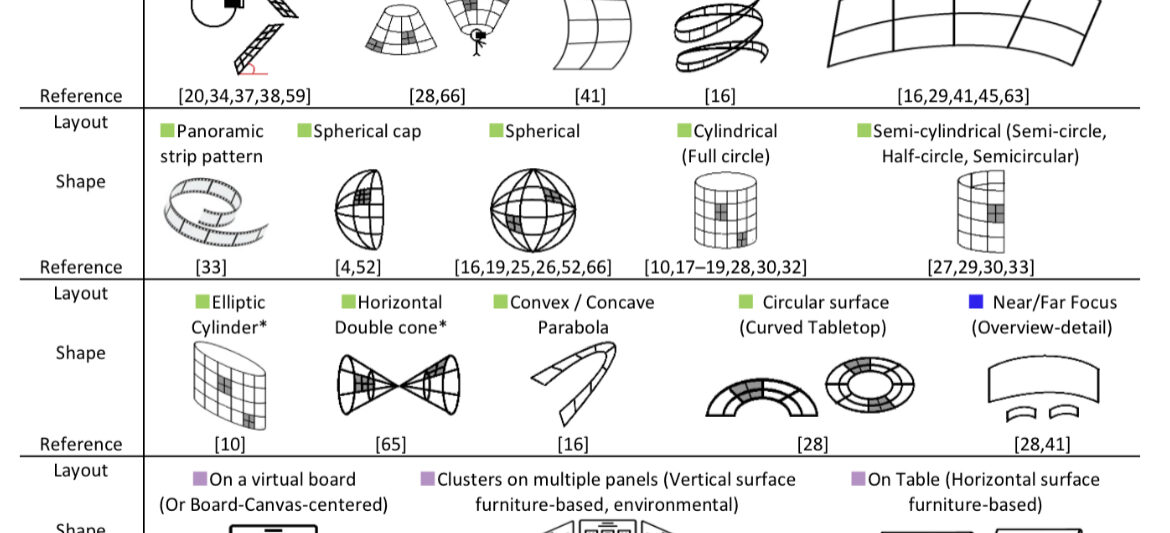
Multiple-View Layouts in XR
Extended Reality (XR) head-mounted displays have the potential to reshape our future work and life by creating more engaging, content-enriched spaces. XR represents immersive technologies that combine the real world with virtual elements (i.e., Mixed Reality; MR) or create entirely virtual environments (i.e., Virtual Reality; VR). Despite significant advancements in XR technologies, there has been a lack of studies on designing optimal, engaging user experiences within XR technologies, such as room-scale XR. Among UX design guidelines, often overlooked is the potential of placing.
multiple views (MVs) in the space around the user, limiting the full potential of XR technologies. MVs for data visualization allow for easy comparison of multiple variables or groups of data. Additionally, MVs allow viewers to quickly identify patterns, trends, and outliers across the data and can help to reduce clutter and improve the overall readability of a visualization. During the past few years, expanding use of immersive technologies in data visualization has led to an increasing number of studies in the field of MVs, and various layouts for MVs have been proposed. The spatial layout of MVs in XR refers to the arrangement of the multiple datasets or visualizations in the virtual space. The arrangement of the MVs can have a significant impact on the user’s ability to understand and interact with the data.
The motivation of this research is that although there are existing guidelines from experts, developers, and designers in the literature, they tend to lack empirical evidence. Developing evidence-based guidelines can enhance the design of multiple-view layouts, leading to an improved user experience and better information synthesis. We found that even the existing evidence-based guidelines from previous studies are fragmented and layouts suffer from inconsistent terms and confusion. To address this gap, it is essential to review studies that have conducted user research and evaluated MV layouts to provide a more structured view of evidence-based guidelines.
